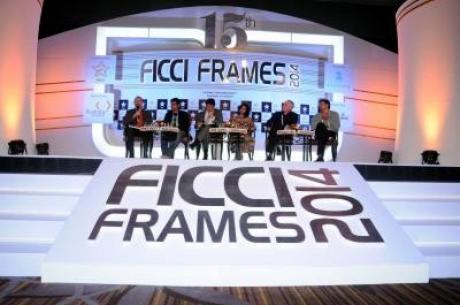Brands need to be smart to deploy big data analytics Ratings may not always be perfect, but brands need to use them smartly. This is what emerged from a lively panel discussion on “Measurement Miasma, TVTs, Readerships, Clicks and Such: The Great Love / Hate Epic” at the FICCI FRAMES 2014 convention that concluded.
The panellists comprised Mr Sanjay Tripathy, Sr Executive VP, HDFC Life; Mr Prashant Panday, Executive Director & CEO, ENIL; Mr Partho Dasgupta, CEO, Broadcast Audience Research Council; and Ms Punitha Arumugam, Director, Agency Business, Google India.
The session was anchored by Mr Paritosh Joshi, Principal, Provocateur Advocacy.
The discussions commenced with an observation by Mr Joshi that media owners do not like measurement. Mr Panday qualified that by saying that media owners like measurement, but they like it to be credible. Data from different sources was often conflicting. In the case of radio in the city of Delhi, one research figure puts the number of listeners as 40 lakh, while the other puts it at 1.4 crores. Common consensus would help in building credibility. Faced with the question of how the Internet has become the greatest threat to intellectual property in general, and is disrupting all business models of conventional content creators, Ms Arumgum differed. She explained that Google has a monetization sharing policy with all its content creators. They monetize content in a way that is better than content providers would be able to do on their own. Information about the number of impressions and revenue generated rests with the publisher, but they are willing to look for neutral solutions for this.
Speaking about the dissatisfaction of media houses with the recent IRS figures, the panelists observed that media owners were taken by surprise because of the huge gap that existed between the last and latest research. This indicated that either the previous or new research was wrong. IRS should communicate what new process they followed to convince media houses that their data is consistent. Data can be believed if there is a gradual change, but when the change is not gradual, it is not believable.
Another factor that is important is sample size. The size of the sample will decide the relative errors. Smaller the sample, greater the error. The community that is involved in buying and selling media inventories is not numerate and does not understand statistical phenomena. They tend to be myopic about the process of validation. They are focused on the process but do not try to validate the data from external sources. Validation is critical.







Add new comment